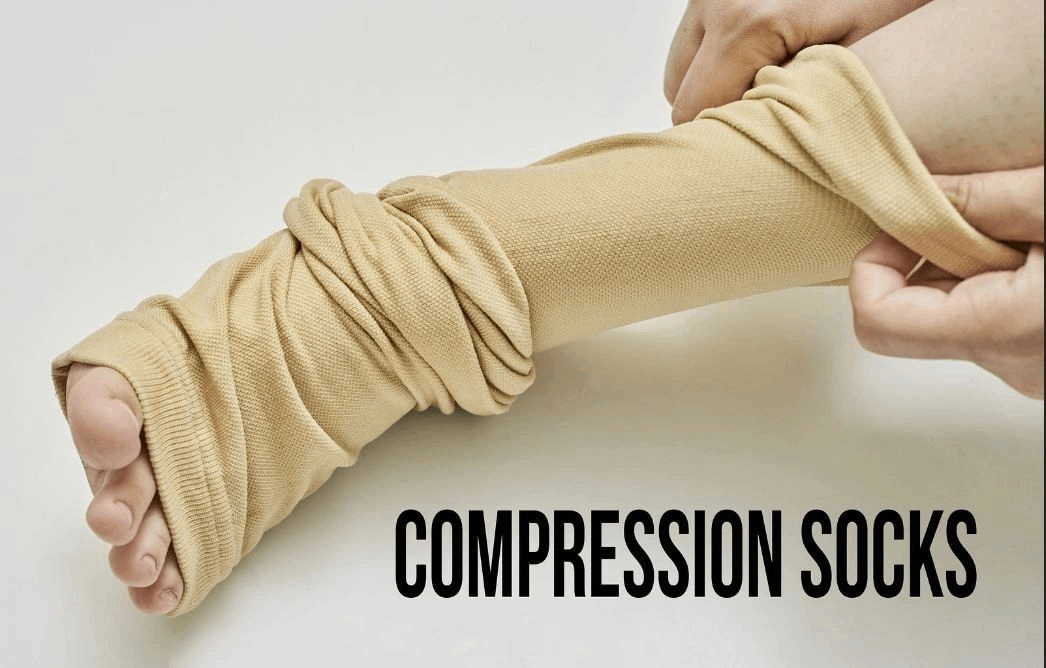How do compression socks help with vein disease?
Title: Unveiling the Magic of Compression Socks in Managing Vein Disease
Introduction
Vein disease, also known as venous insufficiency, is a condition that affects millions of people worldwide. This condition often manifests through symptoms like swollen legs, varicose veins, and leg pain. One of the most effective non-invasive treatments for vein disease is the use of compression socks. But how do these simple pieces of hosiery aid in managing this condition? Let's delve into the details.
What is Vein Disease?
Before we explore how compression socks can help, it's crucial to understand what vein disease is. Vein disease occurs when the valves in your veins, which prevent blood from flowing backward, fail to function properly. This dysfunction results in blood pooling in your legs, causing swelling, discomfort, and in severe cases, skin ulcers.
Role of Compression Socks in Vein Disease Management
Compression socks are specially designed hosiery that apply gentle pressure to your ankles and legs, promoting blood flow from your legs to your heart. They also reduce the diameter of major veins, which increases blood flow velocity and effectiveness of vein valves. Here's a closer look at how compression socks help manage vein disease:
1. Enhanced Blood Circulation: Compression socks apply graduated compression, meaning they are tighter at the ankle and gradually decrease in compression as they move up the leg. This design helps push blood upwards, combating gravity, and improving overall circulation.
2. Reduction in Swelling: By improving circulation, compression socks help reduce the build-up of fluid (edema) in the lower legs. This reduction in swelling can alleviate discomfort and prevent the progression of venous disease.
3. Pain Relief: Compression socks can help decrease aching or heaviness often experienced by those suffering from vein disease. By improving blood flow and reducing swelling, they can significantly reduce discomfort.
4. Prevention of Blood Clots: Compression socks can also help prevent the formation of deep vein thrombosis (DVT), a serious condition where blood clots form in the veins deep in your body.
5. Support for Veins: The pressure from compression socks also offers support to the walls of the veins, helping them to work better. This support can prevent the progression of vein disease and even the development of new varicose veins.
Conclusion
In conclusion, while compression socks cannot cure vein disease, they play a vital role in managing symptoms, preventing complications, and improving the quality of life for individuals with this condition. They are a cost-effective, non-invasive tool in the fight against vein disease. However, it's important to remember that while compression socks can offer significant benefits, they should be used as part of a comprehensive treatment plan under the guidance of a healthcare professional.
Always consult with a healthcare provider to determine the right compression level and fit for you. It's time to step into better vascular health with the help of compression socks!
